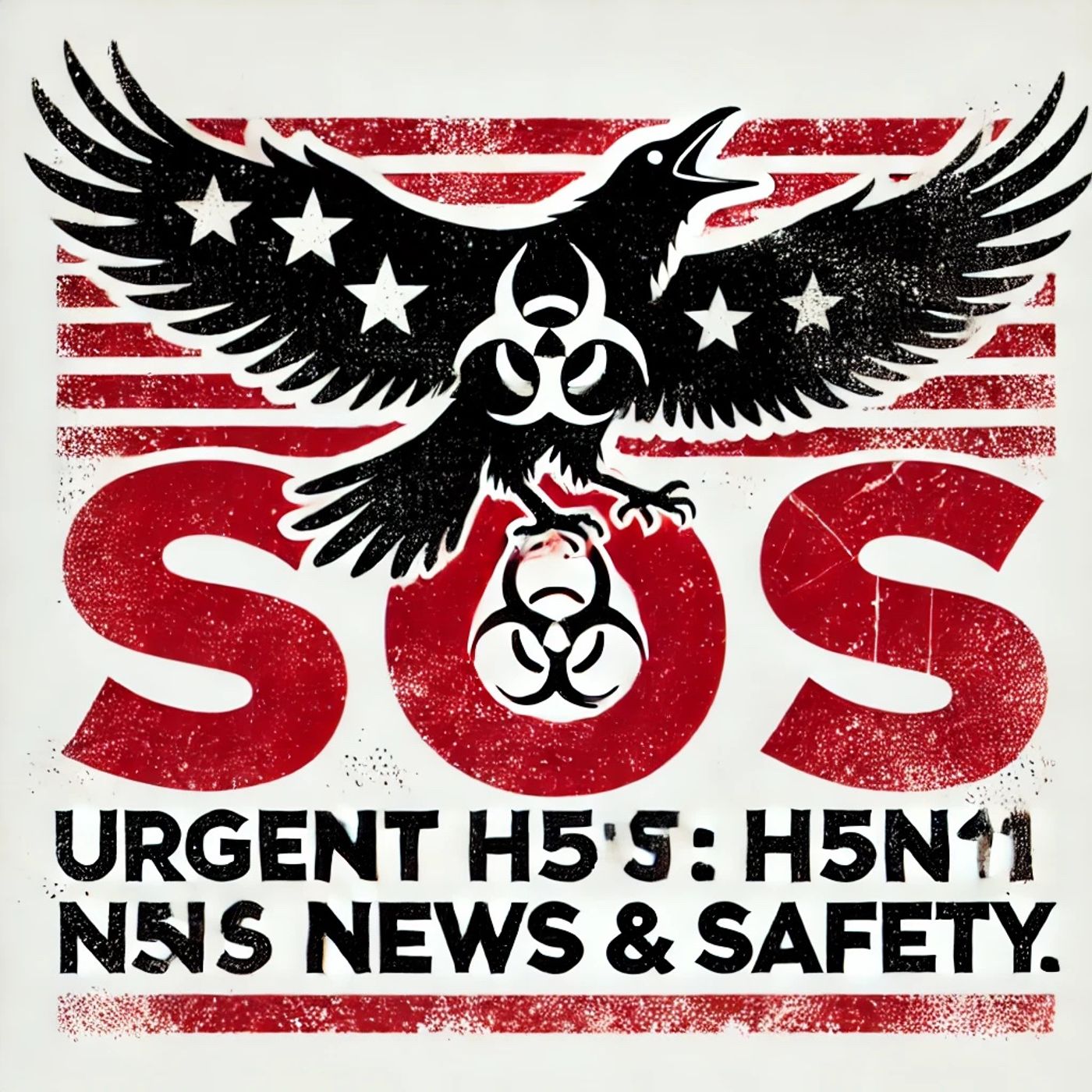Podcast Episode Details
Back to Podcast Episodes
H5N1 Bird Flu Outbreak Spreads Across US Midwest Poultry Farms Raising Concerns for Agriculture and Public Health
This is Bird Flu SOS: Urgent H5N1 News & Safety, your three-minute update on the latest crisis, what it means for you, and how to stay one step ahead. I’m your host, and today, we are breaking down a rapidly escalating situation surrounding the spread of H5N1 avian influenza.
As of early October 2025, the United States is battling a significant new wave of H5N1 outbreaks in commercial poultry farms, with Minnesota and Wisconsin hit especially hard. The US Department of Agriculture reports that in just the last month, over 3.7 million birds have been lost to the virus. Canada’s new genetic analysis of recent outbreaks suggests the strain is evolving, allowing it to jump species more easily—a concerning trend for both agriculture and public health.
According to the Centers for Disease Control and Prevention, while there have been 26 reported human H5N1 infections globally this year, including 11 deaths in Cambodia, India, and Mexico, the United States has not seen new human cases since mid-February. Still, most human infections worldwide have been tied to direct contact with infected poultry or wild birds, underscoring ongoing risks for those living or working near outbreaks.
Dr. Kelly Pehrson, the Utah State Veterinarian, warns, "With migratory bird season just beginning, we may see a greater impact as the season progresses. It is imperative that poultry producers and anyone working closely with birds practice strong biosecurity." The CDC’s Dr. Timothy DeWitt adds, "Though the current risk to the general U.S. public remains low, the virus continues to circulate widely in bird populations, and the potential for it to adapt remains a global concern. Vigilance saves lives."
If you live or work near affected counties, especially in the Midwest, take these immediate steps:
- Avoid direct contact with sick or dead birds.
- If you find dead wild birds, do not touch them—report to your local wildlife agency.
- For those on farms, upgrade biosecurity: disinfect boots and equipment, keep poultry inside, limit visitors, and use protective clothing.
- Never consume unpasteurized milk or undercooked poultry or eggs, especially from areas under quarantine.
Warning signs of severe H5N1 exposure in humans include high fever, persistent cough, shortness of breath, and, in rare cases, disorientation. Anyone experiencing these symptoms after bird or animal exposure should seek emergency care immediately. Farm workers must report any unusual illnesses to health authorities right away. The CDC and state departments have established hotlines and online resources for reporting suspected cases.
If you need emergency assistance, call 911 or your state public health hotline. The USDA’s Animal and Plant Health Inspection Service and the CDC offer up-to-date information and assistance. Check your state’s agriculture or public health website for the latest protocols and maps of affected zones.
While this outbreak is serious, keep in mind most people are not at immediate risk, and simple precautions make a big difference. The authorities are not asking for panic, but for urgent, coordinated action and heightened awareness.
Thank you for tuning in to Bird Flu SOS: Urgent H5N1 News & Safety. Stay safe, stay vigilant, and come back next week for more updates. This has been a Quiet Please production. For more, check out Quiet Please Dot A I.
For more http://www.quietplease.ai
Get the best deals https://amzn.to/3ODvOta
This content was created in partnership and with the help of Artificial Intelligence AI
Published on 4 days, 16 hours ago